Introduction
Welcome to Montenegro! Our nation, a vibrant mix of stunning landscapes and rich traditions, holds a unique culinary culture that’s incredibly special to us. Here, breakfast isn’t just the first meal of the day—it’s a celebration of our roots, our values, and our zest for life.
Traditional Montenegrin Breakfast
Peek into the heart of Montenegro with our traditional breakfast. This is the meal that our grandmothers prepared with love—a meal that invites you to take a bite out of our heritage.
Priganice
Heralding from the heart of Montenegrin culinary tradition, Priganice are small, round fritters that have been part of our local cuisine for generations. These delightful golden-brown morsels, crispy on the outside and wonderfully soft on the inside are typically made with a simple dough of flour, water, yeast, and a pinch of salt, then deep-fried until they puff up and turn golden.
Read Also: The Best Priganice in Montenegro
Priganice is versatile, and served with a variety of accompaniments. They are often enjoyed with local honey or jam, sprinkled with powdered sugar, or savored with a slice of creamy kajmak and smoked ham. These humble fritters embody the essence of breakfast in Montenegro —comforting, hearty, and deliciously unforgettable.
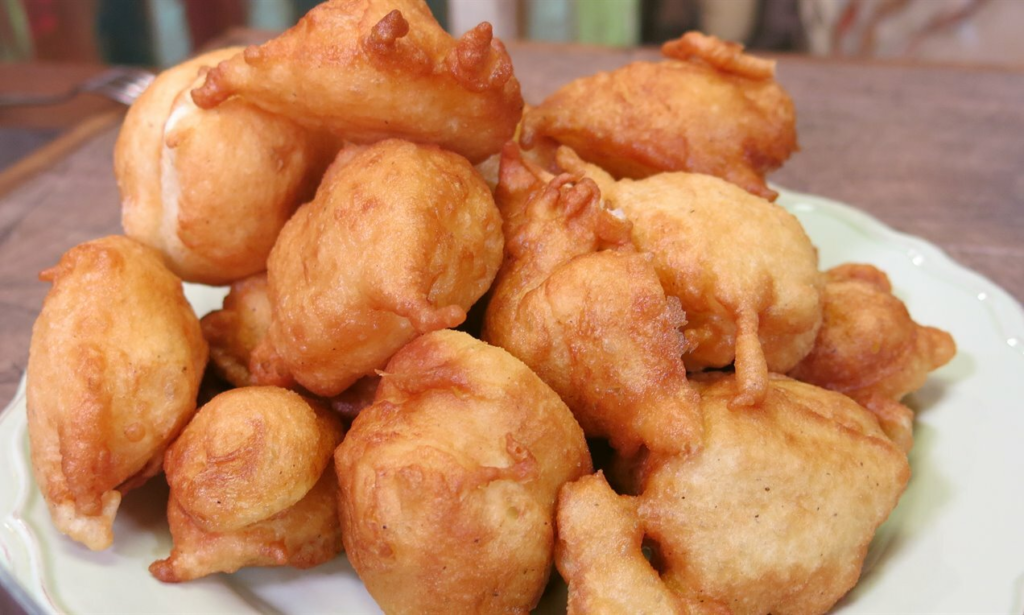
Kajmak
Kajmak is a cherished dairy product in Montenegrin cuisine, offering a taste experience that’s rich, creamy, and slightly tangy. Traditionally made by skimming the thickest cream off boiling, unpasteurized milk, it’s then allowed to ferment over a period of several hours to several days. The result is a delightfully spreadable condiment that’s somewhat akin to clotted cream or even cream cheese, but with a depth of flavor that’s uniquely its own. Kajmak is the perfect accompaniment to a warm slice of bread or a fluffy Priganice in the morning. Additionally, its creamy texture and rich flavor make it a favorite ingredient in many other dishes, from appetizers to main courses. It’s more than just a breakfast food—it’s a Montenegrin culinary treasure.

Local cheese:
Montenegro takes great pride in its exquisite local cheeses, two of the most celebrated being Njeguški sir and Pljevlja cheese. Njeguški sir hails from the village of Njeguši, nestled in the mountains, and is made from a blend of cow’s and sheep’s milk. This semi-hard cheese boasts a distinctively rich and savory flavor that is truly a treat for the taste buds.
Pljevlja cheese, on the other hand, originates from the town of Pljevlja and is known for its crumbly texture and slightly tangy taste. This cheese, typically made from cow’s milk, is aged to perfection, allowing its flavors to develop and intensify over time. Whether enjoyed on its own, paired with Priganice, or incorporated into various traditional dishes, Njeguški sir and Pljevlja cheese showcase the exceptional quality and craftsmanship of Montenegrin dairy products, and they truly represent the pride and joy of our local cheese-making traditions.

Njeguški pršut
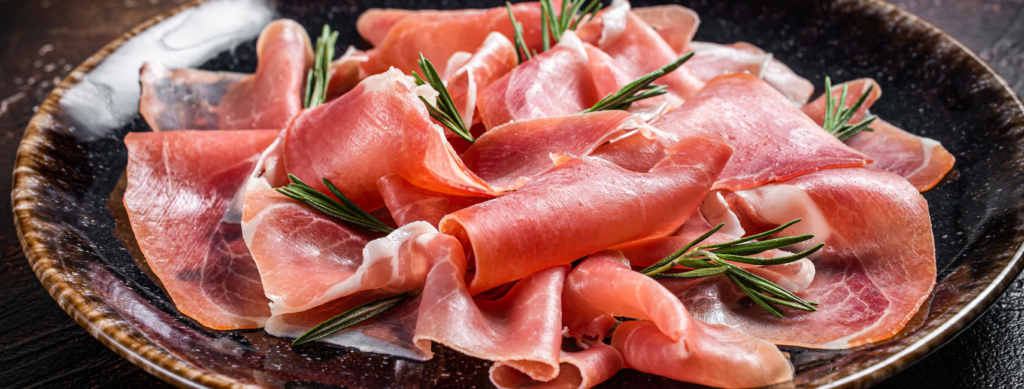
Njeguški pršut is a true gastronomic gem of Montenegro, renowned for its exceptional taste and quality. This cured and smoked ham has its roots in the village of Njeguši, nestled in the picturesque mountains. The process of making Njeguški pršut involves carefully salting and air-drying the ham for an extended period, followed by a delicate smoking process over beechwood. The result is a distinctively rich and flavorful ham, with a perfect balance of saltiness and smokiness.
The intense aroma and tender texture make it a true delight for meat lovers. Njeguški pršut is often thinly sliced and enjoyed as a centerpiece of a traditional Montenegrin breakfast, alongside freshly baked bread, local cheeses like Njeguški sir, and a dollop of creamy kajmak. With each bite, Njeguški pršut takes us on a culinary journey, allowing us to savor the true essence of Montenegro’s gastronomic heritage.
Cicvara

This is a beloved breakfast dish in Montenegro, cherished for its warm, comforting nature. This unique porridge-like creation is made from a mixture of cornmeal, milk, and butter, resulting in a thick and creamy texture that is both satisfying and indulgent. The cornmeal is cooked slowly, allowing it to absorb the flavors of the milk and butter, creating a delightful combination of sweetness and richness.
With each spoonful of Cicvara, Montenegrins are transported to a place of culinary nostalgia, savoring heartwarming flavors that have been passed down through generations. It can be enjoyed on its own or accompanied by a drizzle of honey for sweetness or grated cheese for a savory twist. Cicvara is a true testament to the unique and comforting breakfast traditions of Montenegro.
Read Also: Five Traditional Restaurants You Must Try in Kotor
Paprikaš sa jajima
Paprikaš sa jajima is a delightful Montenegrin breakfast dish that brings together the robust flavors of eggs and paprika. This savory and aromatic creation begins with a medley of sautéed onions, bell peppers, and tomatoes, which are cooked until tender and fragrant. Once the vegetables have reached their peak of deliciousness, eggs are cracked directly into the skillet, allowing them to gently cook in the midst of the flavorful mixture. The eggs are cooked to perfection, with the whites becoming set and the yolks remaining slightly runny, creating a luscious texture that pairs wonderfully with the vibrant paprika-infused sauce.
The dish is often seasoned with a sprinkle of salt, a dash of pepper, and of course, the star ingredient, paprika, which adds a distinct depth of flavor. Paprikaš sa jajima is a beloved breakfast choice, offering a satisfying blend of textures and a delightful combination of savory and slightly sweet notes. It’s a true testament to the richness of Montenegrin cuisine.
And what’s a good meal without a good drink?
Turkish coffee

Turkish coffee holds a special place in the hearts of Montenegrins, as it has been an integral part of our culture and daily rituals for centuries. This robust and aromatic beverage is brewed using finely ground coffee beans, water, and a hint of sugar. The preparation process involves a unique method of boiling the coffee in a special pot called a cezve, allowing the flavors to intensify and create a rich, velvety texture. Turkish coffee is traditionally served in small, handleless cups called fildžani, accompanied by a glass of water to cleanse the palate.
It’s not just the taste of the coffee that makes it special, but also the social experience that accompanies it. Montenegrins often gather with friends and family to enjoy a leisurely cup of Turkish coffee, engage in deep conversations, and storytelling, or simply savor the moment. This timeless tradition of enjoying Turkish coffee has been passed down through generations, reminding us of the importance of slowing down and appreciating the simple pleasures of life. In Montenegro, Turkish coffee is more than just a beverage—it’s a symbol of togetherness, hospitality, and the rich tapestry of our cultural heritage.
For an unforgettable gastronomic adventure in Montenegro, don’t miss this ultimate guide to the best foodie tours that takes you from the coastal delicacies of Ulcinj and Kotor to the traditional cheesemaking practices in Kolašin.
Mountain tea
Mountain tea, or čaj od planinskih biljaka as we call it in Montenegro, is a soothing herbal infusion that captures the essence of our pristine mountain landscapes. This delightful tea is made from a blend of various wild herbs and flowers that thrive in our rugged mountains, such as sage, thyme, rosemary, and mint. The leaves and flowers are carefully harvested, dried, and steeped to create a fragrant and invigorating beverage.
Mountain tea is not only cherished for its refreshing taste but also for its believed health benefits. It is often enjoyed for its calming properties, providing a sense of tranquility and relaxation. Whether sipped in the morning to awaken the senses or savored in the evening to unwind, mountain tea offers a comforting connection to nature and a moment of respite in our fast-paced lives. It’s a beloved part of Montenegrin culture, reminding us to pause, take a deep breath, and immerse ourselves in the serene beauty of our mountainous surroundings.
Montenegrin Breakfast on the Go
For our busy mornings, we have quick but delicious options that keep us fueled:
Burek

Burek holds a special place in the hearts and taste buds of Montenegrins, as it is a beloved pastry that has become a staple of our culinary culture. This flaky delight consists of thin layers of phyllo pastry that are carefully stacked and filled with various ingredients. Traditional fillings include cheese, meat, and spinach, each offering a unique flavor profile. The layers of dough and filling are skillfully rolled and baked to perfection, resulting in a golden-brown pastry with a delightful crispiness on the outside and a savory, melt-in-your-mouth interior.
Burek is often enjoyed as a breakfast treat, but it can be savored at any time of the day. It is commonly paired with a cup of yogurt or a glass of buttermilk, which perfectly complements the richness of the pastry. Whether purchased from local bakeries or lovingly prepared at home, burek is a cherished symbol of Montenegrin hospitality and a delightful culinary experience that satisfies both the palate and the soul.
Pita, Pljeskavica, and Ceapi

When it comes to street food in Montenegro, three mouthwatering treats take center stage: pita, pljeskavica, and Ćevapi. Pita is a delectable savory pastry that comes in various forms, including cheese-filled, meat-filled, or spinach-filled. The flaky layers of dough encase the flavorful fillings, creating a satisfying combination of textures and tastes. Pljeskavica, on the other hand, is a mouthwatering grilled meat patty made from a blend of ground beef, lamb, or pork. Seasoned to perfection and served in a warm bun with a medley of toppings, pljeskavica is a hearty and flavorful street food option.
And then we have Ćevapi, small finger-shaped grilled sausages made from a mixture of minced meats, typically beef and lamb. These succulent sausages are served with traditional accompaniments like lepinja (bread), chopped onions, and a creamy kajmak. Pita, pljeskavica, and Ćevapi are popular street food choices in Montenegro, offering locals and visitors alike a chance to experience the vibrant flavors and culinary traditions of our country.
Breakfast in Montenegro Restaurants
Wondering what to expect when ordering breakfast in our Montenegro restaurants? Well, get ready for a tour of our regional breakfast menus—from the mountains to the coast, each place offers something unique. Be sure to ask locals for their favorite breakfast spots. You’ll find that Montenegrins are always ready to share good food and good times.
For the best breakfast spots in Tivat, read this great article.
Montenegro Breakfast Recipes to Try at Home
Interested in bringing a little bit of Montenegro into your kitchen? Try your hand at making Priganice or perhaps a homemade Kajmak. These simple recipes will allow you to taste Montenegrin tradition, no matter where you are.
Priganice
Ingredients:
- 2 cups all-purpose flour
- 2 teaspoons baking powder
- 1 tablespoon sugar
- 1/2 teaspoon salt
- 1 cup buttermilk
- 1/2 teaspoon vanilla extract
- Vegetable oil, for frying
- Powdered sugar, for dusting
- Nutella, for filling and serving
Instructions:
- In a mixing bowl, whisk together the flour, baking powder, sugar, and salt.
- In a separate bowl, combine the buttermilk and vanilla extract.
- Gradually pour the buttermilk mixture into the dry ingredients, stirring until a smooth batter forms. The batter should be thick but pourable. If needed, adjust the consistency by adding a little more flour or buttermilk.
- Heat vegetable oil in a deep pan or pot over medium heat until it reaches a temperature of around 350°F (175°C).
- Using a spoon or a small ice cream scoop, drop spoonfuls of batter into the hot oil. Fry the Priganice in batches, turning them occasionally, until they turn golden brown and puffy, usually taking 2-3 minutes per side.
- Remove the Priganice from the oil using a slotted spoon or tongs, and transfer them to a paper towel-lined plate to drain excess oil.
- Once cooled slightly, make a small incision in the side of each Priganica and fill it with a spoonful of Nutella.
- Dust the filled Priganice with powdered sugar.
- Serve the Nutella-filled Priganice warm, and if desired, drizzle additional Nutella over the top for extra indulgence.
Enjoy these delectable Priganice filled with creamy Nutella! The combination of fluffy fried dough, powdered sugar, and the rich chocolate hazelnut spread creates a delightful treat that’s perfect for a special breakfast or a sweet snack.
Kajmak
Ingredients:
- 2 cups heavy cream
- 1/2 teaspoon salt
Instructions:
- Pour the heavy cream into a heavy-bottomed saucepan and place it over low heat.
- Heat the cream gently, stirring occasionally, until it reaches a simmer. Be careful not to let it boil.
- Once the cream has reached a simmer, reduce the heat to the lowest setting and continue to cook it slowly for about 1 to 1 1/2 hours. During this time, the cream will gradually thicken and develop its characteristic texture.
- As the cream thickens, a layer of foam will form on the surface. Use a spoon or a skimmer to carefully remove the foam as it appears.
- After the cooking time, add the salt and stir it into the thickened cream.
- Remove the saucepan from the heat and let it cool for a few minutes.
- Carefully transfer the kajmak to a clean jar or container and let it cool completely. It will continue to thicken as it cools.
- Once cooled, cover the jar or container and refrigerate the kajmak for at least 2 hours or overnight to allow the flavors to meld and the texture to fully develop.
- Your homemade kajmak is now ready to be enjoyed! Serve it as a spread on fresh bread, as a topping for grilled meats, or as a creamy addition to various dishes.
Conclusion
In conclusion, exploring the diverse breakfast options in Montenegro is an invitation to indulge in a culinary journey that encompasses both traditional flavors and modern innovations. From savoring the warmth of Priganice and the creaminess of Kajmak to relishing the flaky layers of Burek and the savory bites of Pljeskavica and Ćevapi, Montenegro’s breakfast cuisine captures the essence of our rich heritage. Whether enjoying a leisurely breakfast in a local restaurant or discovering the joys of street food, the breakfast experience in Montenegro reflects our deep-rooted connection to food, community, and the bountiful natural resources that surround us. So, embrace the enticing aromas, flavors, and traditions—let Montenegrin breakfast awaken your senses and create lasting memories in every bite.

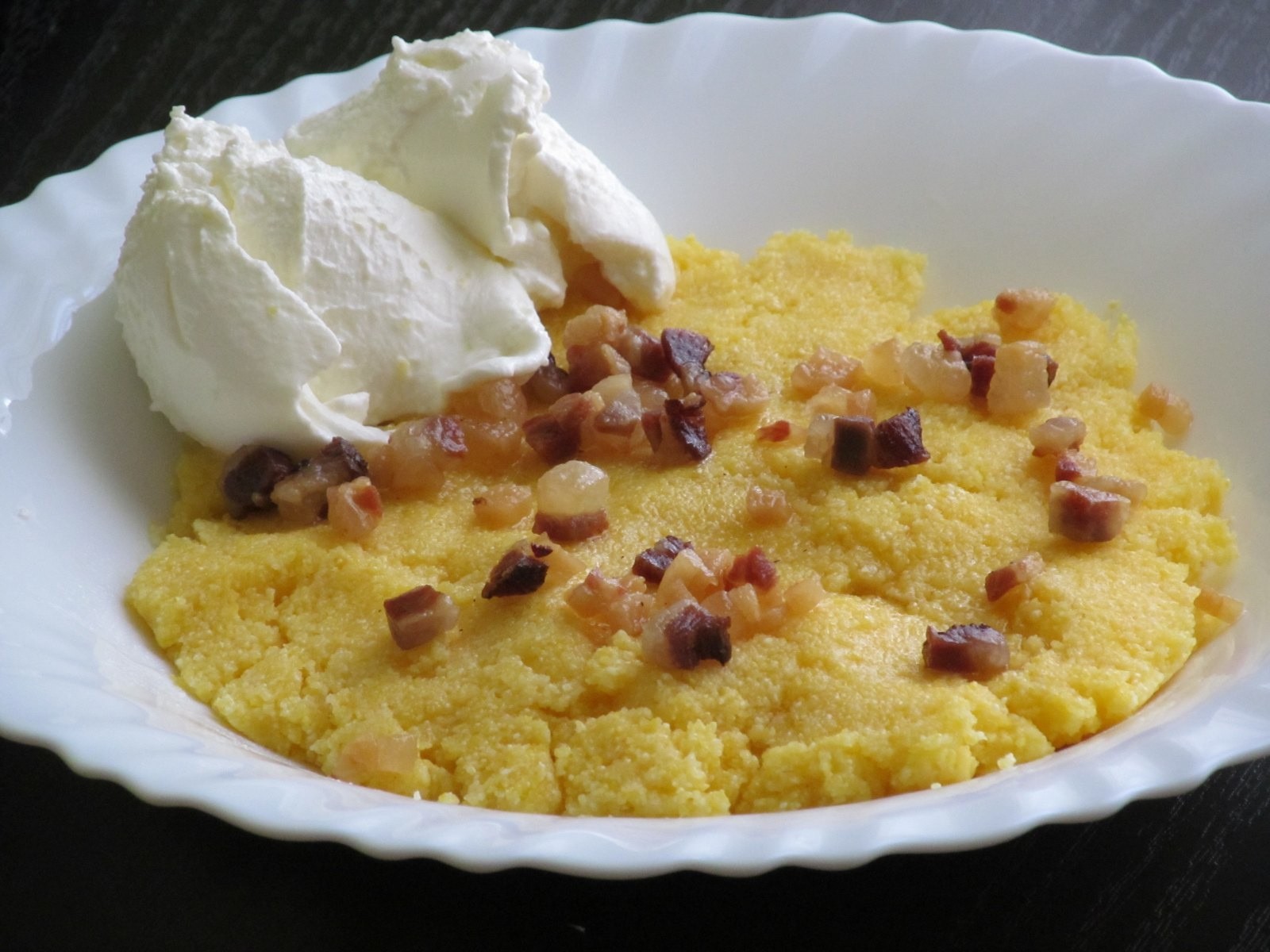


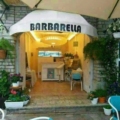


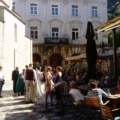
1 Comment
Chris Mole
Great article, Gareth. We live at Grahovo, not too far from Niksic. We are originally from New Zealand.